Pressure Sensors for Critical Environments
For many decades, Servoflo has been helping companies meet their pressure sensing measurement needs for a variety of applications, including those in critical environments. Our pressure sensors range from 0.15 psi to 9000 psi (600 bar) in compensated, uncompensated, amplified, and unamplified modules. With our broad lineup of sensors for critical environments, we can help you find the perfect sensor.
Managing Critical Environments
When you need to maintain tight control over critical spaces to protect patients, personnel, and assets, managing room pressure and controlling the environment is crucial. Areas such as cleanrooms, laboratory equipment, negative-pressure ambulances, and hospital isolation rooms all need environment controls and a way to warn personnel of potential problems or automatically trigger adjustments.
Cleanrooms
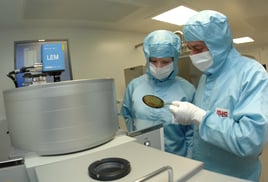
Sensors can provide early warning of changes that can impact performance – such as differential pressure between a cleanroom and an outside environment.
Maintaining a specified differential pressure between the cleanroom and outside environments, such as an isolation layer, keeps dust and contamination out. Cleanroom sensors can be used to provide continuous environmental pressure monitoring. When a change is detected, it can signal control units to automatically start fans to boost the cleanroom.
Laboratory Equipment
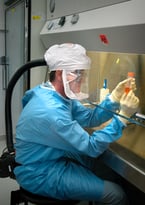 Laboratory equipment such as biological safety cabinets and fume hoods have strict safety requirements to prevent noxious fumes or contagions from impacting lab personnel. Pressure sensors can provide feedback as HEPA filters load to increase blower speed to maintain safety.
Laboratory equipment such as biological safety cabinets and fume hoods have strict safety requirements to prevent noxious fumes or contagions from impacting lab personnel. Pressure sensors can provide feedback as HEPA filters load to increase blower speed to maintain safety.
Ambulances
Pressure sensors can provide an early warning for changing conditions that can impact performance and safety in negative-pressure ambulances. This is especially important for ambulances used to help safely treat and transport patients with potentially infectious diseases. The negative pressure filters the air so that only outside air can flow to the inside.
Inside air is passed through a biosafety exhaust purification system to minimize cross-infection of medical staff during treatment and transport. Sensors for ambulances monitor conditions to provide a safer environment.
Isolation Rooms
Hospital isolation rooms require special air handling equipment which can provide either positive or negative pressure. Negative pressure keeps air from flowing out of the isolation room while positive pressure prevents the transmission from the outside environment.
In either case, isolation room sensors ensure the pressure is consistent to keep patients and medical professionals safe.
Pressure Sensors From Servoflo
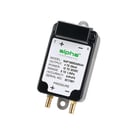
 Typical pressure ranges for critical application are extremely low, under a few inches of water column. We have put together a large selection of pressure sensors within that pressure range with a variety of digital and analog outputs to give maximum flexibility for critical containment applications. In addition, many kinds of packages are available for pressure sensors, from board mount as part of a control board, to fully packaged pressure transducers for duct installation.
Typical pressure ranges for critical application are extremely low, under a few inches of water column. We have put together a large selection of pressure sensors within that pressure range with a variety of digital and analog outputs to give maximum flexibility for critical containment applications. In addition, many kinds of packages are available for pressure sensors, from board mount as part of a control board, to fully packaged pressure transducers for duct installation.
Review our list of suggested pressure sensors for critical containment applications
For the fastest results, use the Pressure Sensor Selector Tool to get help determining the right sensor for your unique application.
Other Sensors from Servoflo
Choosing the right sensor for critical environments is an important decision. In addition to pressure sensors, Servoflo also offers a wide selection of mass flow sensors, humidity sensors, and other environmental sensors to meet the needs of various applications including medical, HVAC, automotive, cleanroom, and more.
The Servoflo Advantage
Servoflo offers a large selection of sensors that provide our customers with value in terms of price, performance, and reliability. When you work with us, you get experienced, knowledgeable, and accessible salespeople. We know your industry and can help you find the perfect sensor you need to get the job done right.
Contact Servoflo today for help choosing the best sensor for your critical environment.


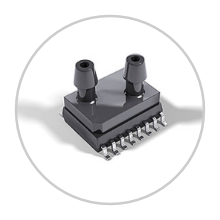 HVAC sensors
HVAC sensors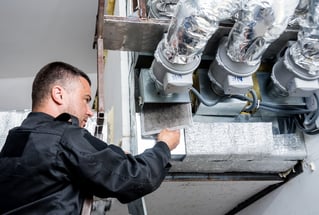
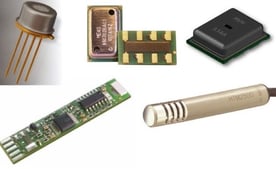 Humidity refers to the amount of water vapor present in the surrounding air. Humidity sensors are devices that measure moisture and air temperature in an environment and convert the data into a corresponding electrical signal. Modern humidity sensors are highly adaptable and come in many shapes and sizes, from miniature sensors installed in cell phones, to larger, industrial-grade systems.
Humidity refers to the amount of water vapor present in the surrounding air. Humidity sensors are devices that measure moisture and air temperature in an environment and convert the data into a corresponding electrical signal. Modern humidity sensors are highly adaptable and come in many shapes and sizes, from miniature sensors installed in cell phones, to larger, industrial-grade systems. 
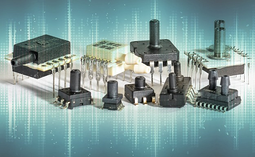

![[eBook Cover] Pressure Sensor Selection Guide](https://blog.servoflo.com/hs-fs/hubfs/%5BeBook%20Cover%5D%20Pressure%20Sensor%20Selection%20Guide.png?width=134&name=%5BeBook%20Cover%5D%20Pressure%20Sensor%20Selection%20Guide.png)
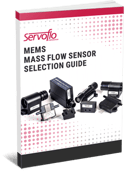
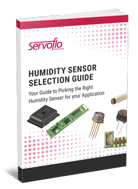
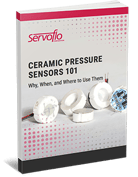
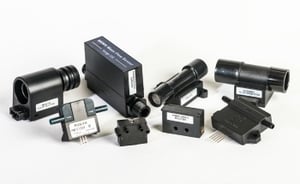

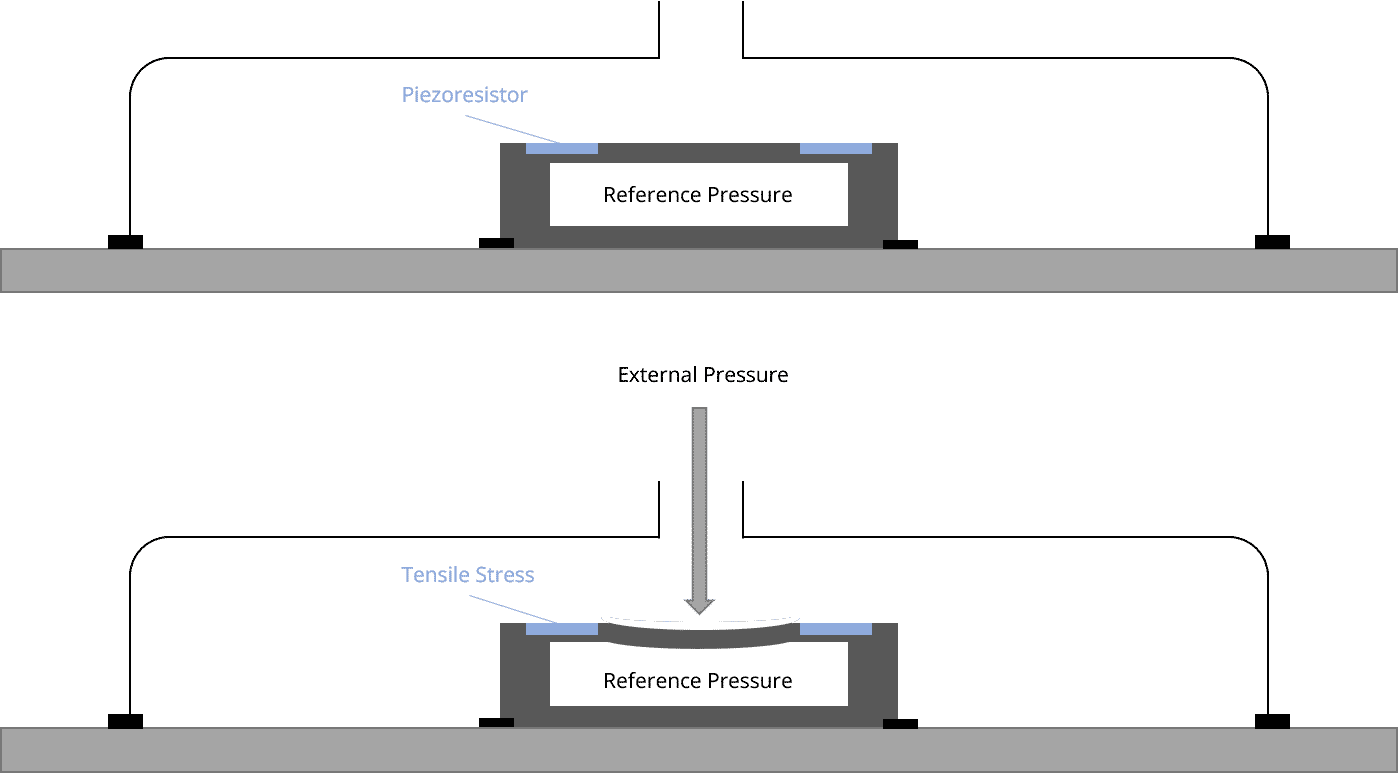
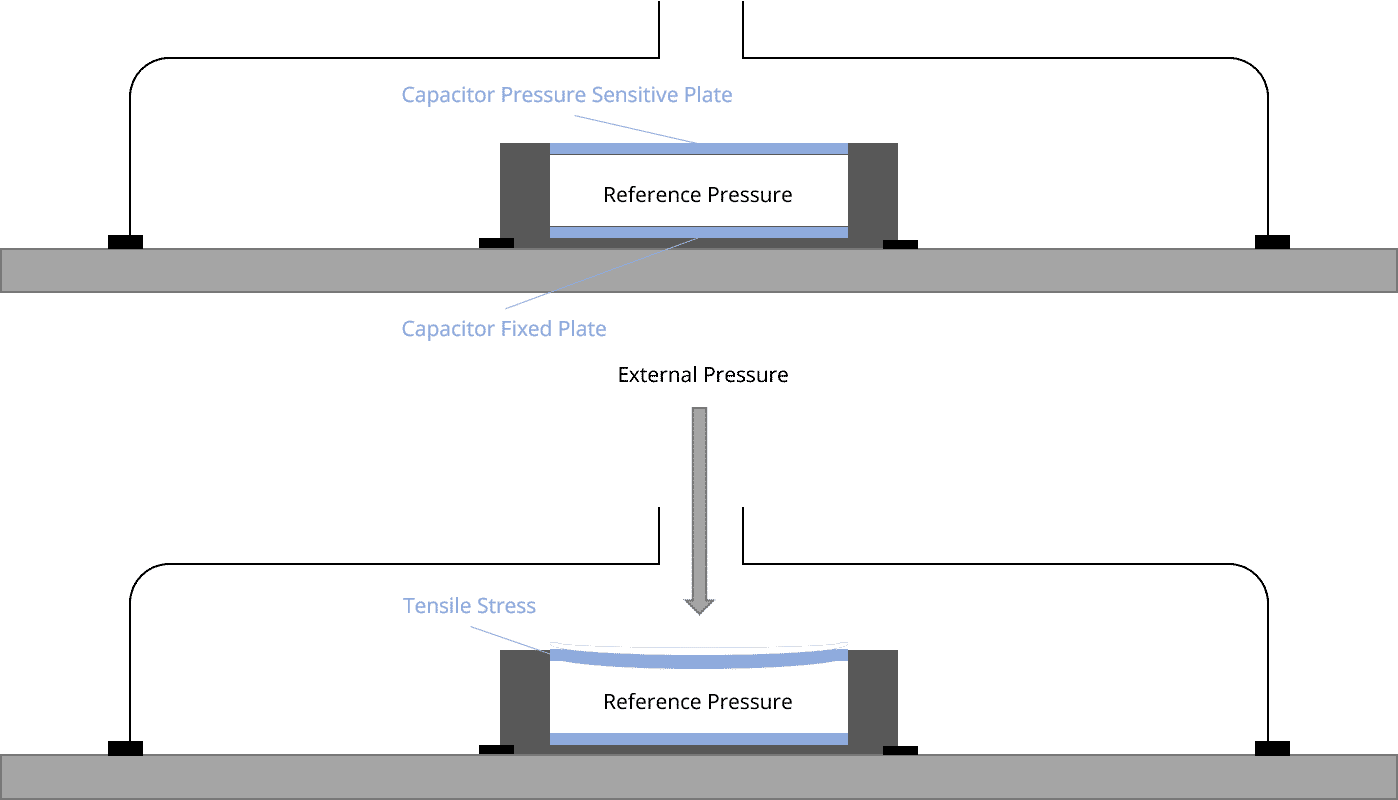


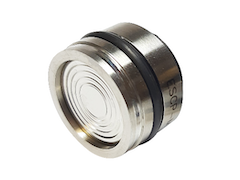

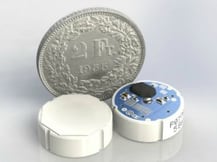
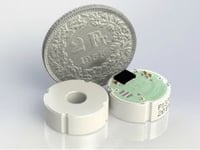

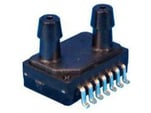

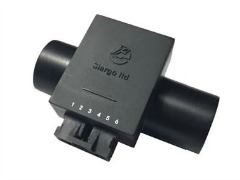
.jpg?width=240&name=image003%20(1).jpg)
.jpg?width=299&name=oxygen-concentrator-header%20(1).jpg)
.jpg?width=240&name=infusion-pump-2%20(1).jpg) Our infusion pump pressure sensors meet a variety of pressure range demands. The sensors are temperature-compensated and have chips that provide data for smart
Our infusion pump pressure sensors meet a variety of pressure range demands. The sensors are temperature-compensated and have chips that provide data for smart